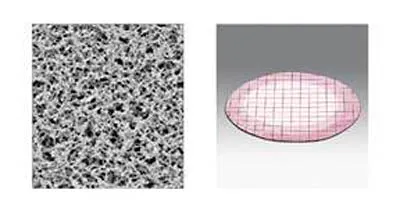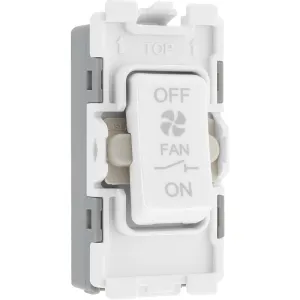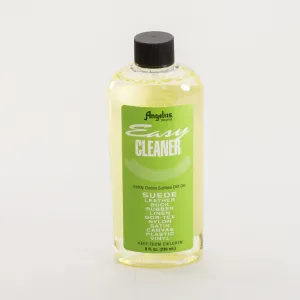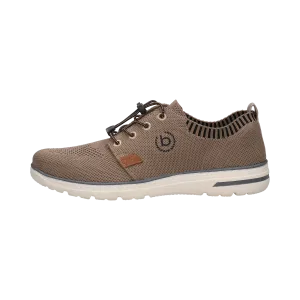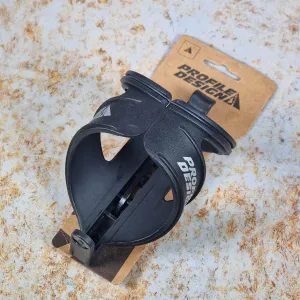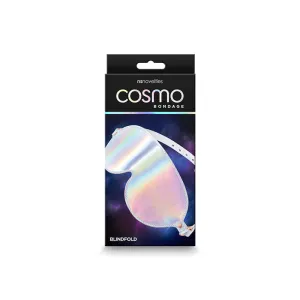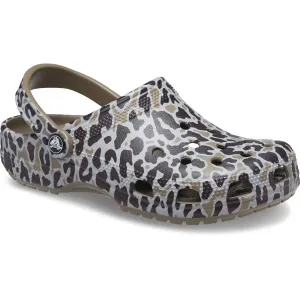Hydrophobic edge membranes are used mainly for colony count and sterility testing of solutions containing substances with antibiotic characteristics. The hydrophobic edge avoids the penetration of any growth-inhibitory substance into the membrane clamp zone wherefrom it could not be rinsed out and the substance could inhibit microbial growth during incubation.
Membranes are available in three different materials:
Cellulose nitrate (cellulose ester), a material which assures effective retention with high flow rates and optimum colony growth
Cellulose acetate, a material which combines high flow rates and thermal stability with very low adsorption characteristics
Regenerated Cellulose, a material which combines excellent chemical and thermal stability with very low adsorption characteristics

